
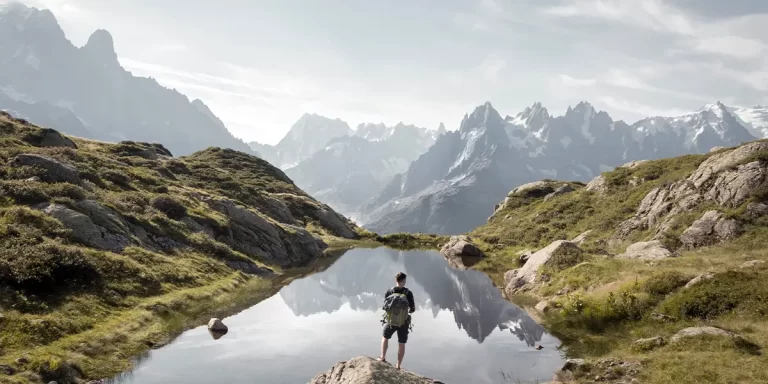
Backpacking in France offers immense variety for outdoor enthusiasts, from the dramatic peaks of the French Alps to the rugged coastal paths of Brittany, including popular destinations like Provence.
And that’s what this post is all about – backpacking in France. We’ll provide tips to help you prepare for backpacking in this diverse country as well as showcase the TOP 5 multi-day trails in France.
Interested? Let’s get started.
Discover the most stunning long trails in France for amazing adventures:
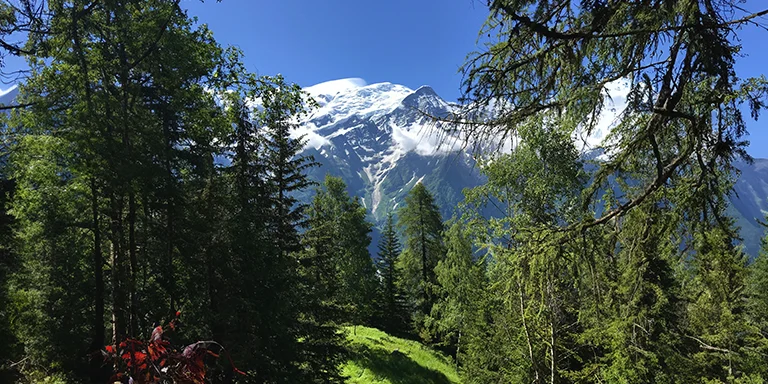
Length: 102 mi / 164.2 km
Type: Loop
Difficulty: Hard
Elevation Gain: 34 212 ft / 10 428 m
Location: Les Houches
Estimated Hiking Calorie Burn: 21 480 calories
More Details: See on AllTrails
The Tour du Mont Blanc is a spectacular 102-mile loop traversing parts of France, Italy, and Switzerland. Offering stunning alpine scenery, this challenging multi-day hike is best attempted June-October by experienced backpackers. The trail passes through quaint villages with accommodation options to extend or shorten hiking days. Highlights include views of Mont Blanc, glaciers, and wildflowers. With proper preparation and conditioning, this iconic trek showcaseing the best of the Alps is a rewarding adventure.
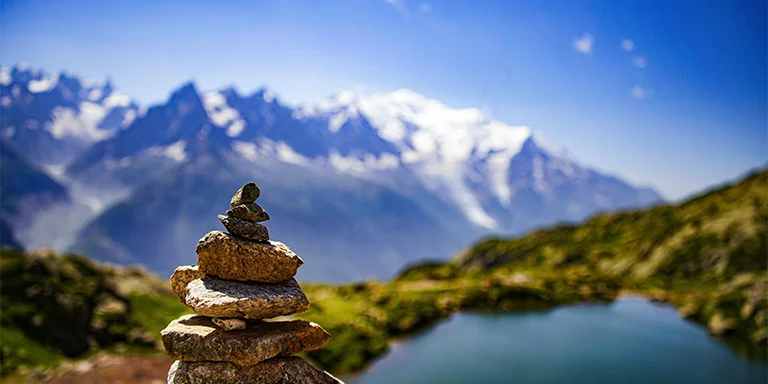
Length: 37.6 mi / 60.5 km
Type: Loop
Difficulty: Hard
Elevation Gain: 15 101 ft / 4603 m
Location: Réserve Naturelle des Aiguilles Rouges
Estimated Hiking Calorie Burn: 9 175 calories
More Details: See on AllTrails
The challenging 37-mile Tour des Aiguilles Rouges loop offers stunning alpine scenery and solitude near Chamonix. Passing through nature reserves with panoramic views, highlights include Aiguille de Salenton, Glacier de Buet, and the rocky Brévent descent. With proper preparation, this scenic summertime hike through quaint mountain hamlets and across snowy cols is a rewarding wilderness adventure. Plan to camp at rustic refuges along the way.
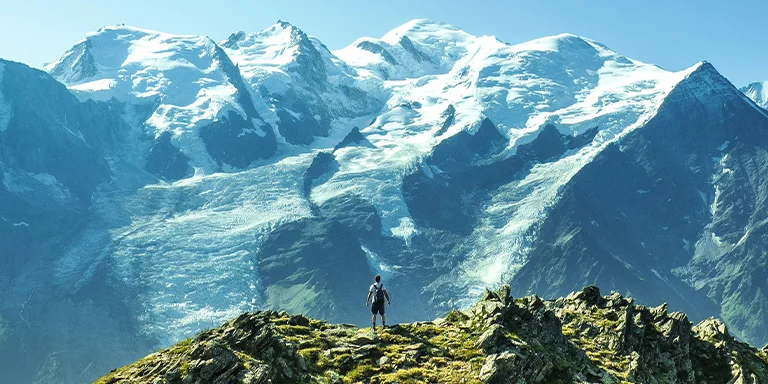
Length: 114.2 mi / 184 km
Type: Point to point
Difficulty: Hard
Elevation Gain: 38 602 ft / 11 766 m
Location: Chamonix-Mont-Blanc
Estimated Hiking Calorie Burn: 24 400 calories
More Details: See on AllTrails
The challenging 114-mile Haute Route from Chamonix to Zermatt is a stunning high-altitude trek across the French and Swiss Alps. Traversing scenic passes connecting Mont Blanc to the Matterhorn, this multi-day hike offers magnificent views of glaciers, peaks, and alpine villages. Attempted June-September by experienced backpackers only, preparation and conditioning are key for this iconic trek. Highlights include Aiguille du Midi, Mont Blanc, the Matterhorn, and overnighting in rustic mountain huts along the way.
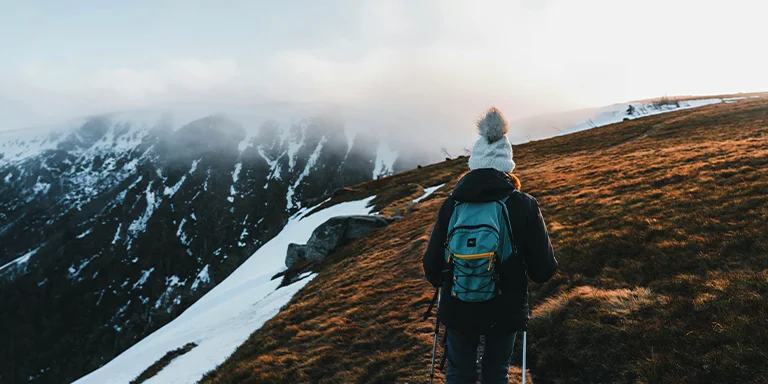
Length: 34.8 mi / 56 km
Type: Loop
Difficulty: Hard
Elevation Gain: 8044 ft / 2440 m
Location: Ballons des Vosges Regional Nature Park
Estimated Hiking Calorie Burn: 5570 calories
More Details: See on AllTrails
The challenging 35-mile Circuit des Ballons loop in Alsace offers gorgeous mountain scenery with panoramic views. Traversing the Ballons des Vosges Nature Park from Guebwiller, highlights include the rocky Grand Ballon summit and a breathtaking bivouac atop Petit Ballon. With proper preparation, this strenuous 3-day hike through forests and flower-filled meadows showcases the captivating beauty of the Vosges mountains. Look forward to enchanting vistas, refreshing streams, and wildlife sightings along the way.
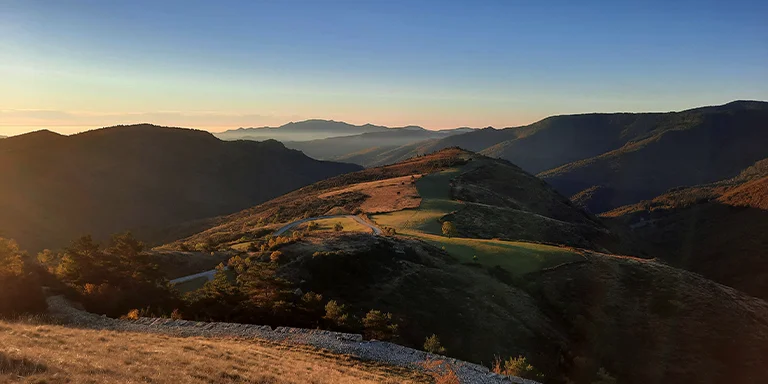
Length: 29 mi / 46.7 km
Type: Loop
Difficulty: Hard
Elevation Gain: 7083 ft / 2159 m
Location: Cévennes National Park
Estimated Hiking Calorie Burn: 4700 calories
More Details: See on AllTrails
The challenging 29-mile Sentier des 4000 Marches loop in the Cévennes National Park offers magnificent vistas from the summit of Mont Aigoual. Traversing four vegetation zones with steep ascents and descents, highlights include panoramic views of the Mediterranean Sea and Pyrenees Mountains. Attempted April-October by experienced hikers only, this strenuous trail through scrubland and forests rewards with breathtaking scenery. Look forward to the refreshing climb through shaded woods, the exhilarating ridge walk to the meteorological station, and the knee-testing descent back to Valleraugue.
France has diverse climates across its regions, so the annual average weather can vary. Here’s a general overview:
Before you grab your backpack and head outdoors, take a look at the weather statistics for France (Annecy):
| Jan | Feb | Mar | Apr | May | Jun | Jul | Aug | Sep | Oct | Nov | Dec | |
|---|---|---|---|---|---|---|---|---|---|---|---|---|
| High °F | 41 | 44 | 53 | 60 | 67 | 74 | 78 | 77 | 70 | 60 | 49 | 42 |
| Low °F | 28 | 30 | 35 | 41 | 48 | 54 | 57 | 56 | 51 | 44 | 35 | 30 |
| Rain/Snow (D*) | 9 | 8 | 9 | 9 | 11 | 10 | 9 | 9 | 9 | 10 | 9 | 10 |
Not sure if France is right for you?
Don’t forget to check out our backpacking guides for Switzerland and Italy.
Regulations vary depending on the region, season, and current drought conditions, but fires are typically banned in summer months across much of southern and central France. Where permitted, campfires must be built in established fire pits at campgrounds rather than on the forest floor and must be fully extinguished before departing. Leave No Trace principles still apply to properly contain and douse campfires using the drown, stir, feel method.
Backpackers exploring the diverse wilderness and coastal regions as well as cultural hubs of Europe’s France should keep some basics in mind to travel safely. Knowing some key French phrases aids navigation and asking for help, as does carrying a translated emergency contact card. When trekking remote areas, leaving an itinerary with others and properly preparing for variable coastal or mountain weather avoids difficulties. General travel precautions like avoiding poorly lit streets at night and only drinking bottled water reduce health risks, as do utilizing tracking apps that can locate hikers in rugged terrain when cellular service may be spotty. With situational awareness and taking basic safety precautions amid France’s varied cultures, hikers and travelers can feel secure adventuring throughout this stunning European country.
Many backpackers and hikers love exploring the beautiful landscapes of France. Some popular trails include the GR20 in Corsica, an island, which has stunning coastal and mountain views along its 205-mile route. There’s also the Camino de Santiago, a historic pilgrimage route dating back to the Middle Ages, spanning northern Spain and southern France. The French Alps offer multi-day trails around Mont Blanc, and in the Luberon Regional Nature Park, you can hike through green hills and limestone cliffs. The Pyrenees have trails that go through high mountain pastures with snowcapped peaks in the background. Additionally, sections of long-distance trails like GR5 and GR10 pass through amazing places like Verdon Gorge and the Cévennes Mountains.
U.S. citizens can visit France for up to 90 days without a visa. To enter France, your valid U.S. passport should be valid for at least 3 months beyond your planned departure date from the Schengen Area. With just your passport, airline ticket, and proof of sufficient funds, Americans can visit France visa-free as tourists or for business.
For backpackers, the French Alps near Chamonix are a must with stunning trails along the Tour du Mont Blanc route revealing glacier-carved valleys and wildflowers blanketed meadows. Provence captivates with lavender fields and quaint villages perfect for wandering. The Pyrenees offer magnificent multi-day treks to alpine lakes and limestone peaks. Hikers also flock to the Vosges Mountains in Alsace and the charming villages nestled within. Wherever backpackers roam in the diverse French countryside, they can replenish with the fabulous local cuisine from fresh baguettes to pungent cheeses that pair perfectly with the adventure.